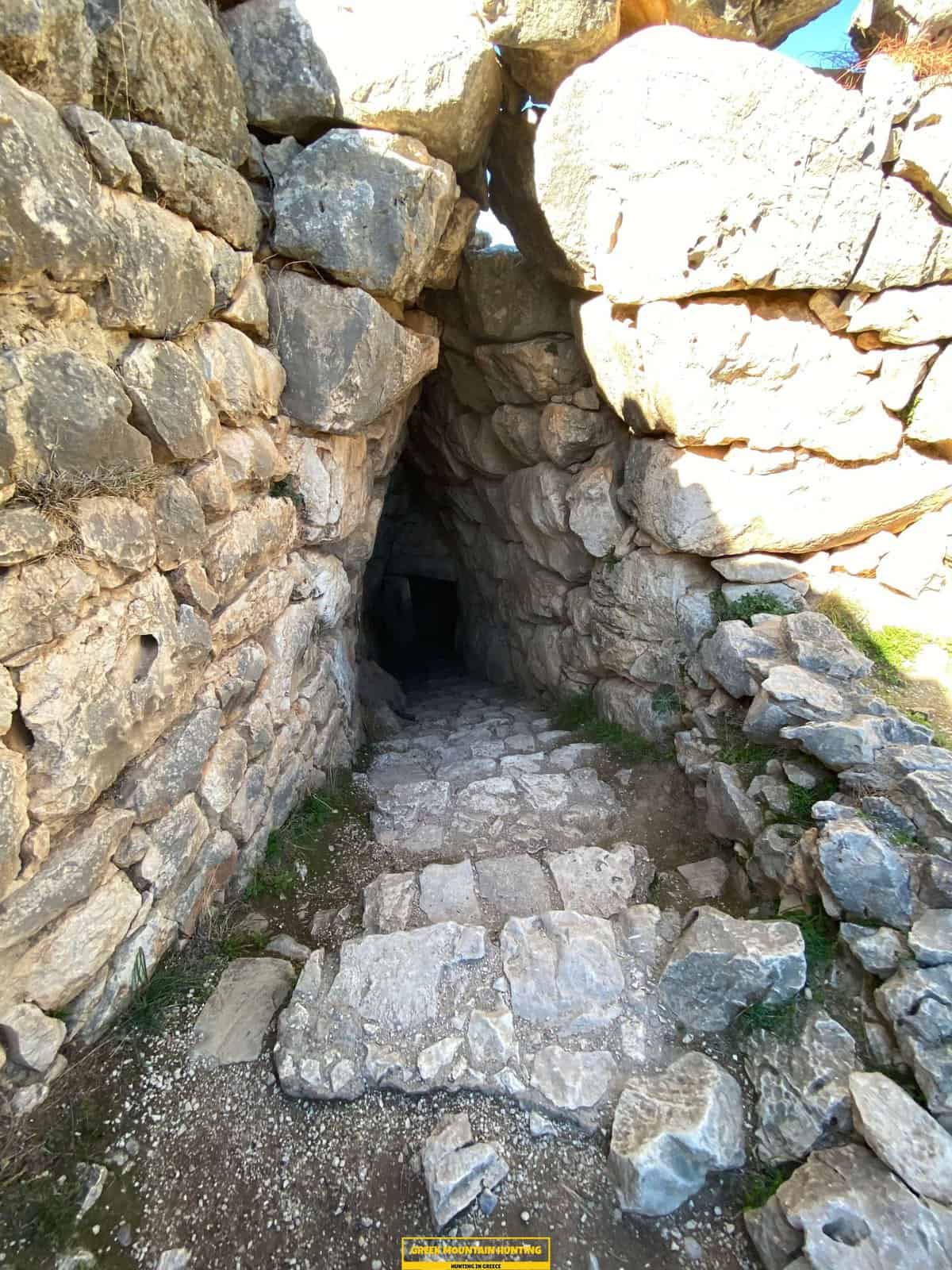
To many individuals, The Peloponnese peninsula on the Greek Mainland is the 'real' Greece, where points have actually not altered much in any way over the centuries despite the fact that lots of people have actually found it. This is a location where you can conveniently invest a month, however if you are short on time then our outdoor searching, Fishing, cost-free diving as well as exploring Peloponnese Tours from Methoni is a fantastic option. Join us as we discover all that this beautiful as well as historic region needs to supply!

Hunting the kri kri ibex in Greece is a difficult task, specifically if you're an international seeker. You must be a regional seeker in order to quest kri kri ibex, which can only be shot in specific meticulously guarded hunting areas like specific islands. On 2 islands, 150 kilometers/ Atalanty/ and also 300 kilometers/ Sapientza/ from Athens, we provide the chance to hunt this amazing animal. It is just fired in unique searching locations from morning up until noontime, in accordance with Greek legislation. Just shotguns may be used, and also only slugs may be used. Slugs are the only ammo allowed. To guarantee that only major seekers are allowed on these explorations, you have to schedule a year beforehand for your license. The licenses are provided by the Greek Ministry of Nature as well as Agriculture and also the government issues a certain number every year.
Our exterior hunting, angling, and also complimentary diving scenic tours are the ideal means to see everything that Peloponnese needs to use. These trips are developed for tourists that wish to leave the beaten path and also truly experience all that this extraordinary area has to provide. You'll get to go searching in several of one of the most stunning wilderness areas in Greece, fish in crystal-clear waters for a selection of different types, as well as cost-free dive in several of the most sensational coast in the Mediterranean. And also most importantly, our skilled overviews will be there with you every action of the method to see to it that you have a safe and delightful experience.
Look no even more than the Sapientza island in Greece if you are looking for Kri Kri ibex search as well as remarkable holiday destination. With its stunning all-natural beauty, tasty food, as well as rich culture, you will certainly not be disappointed. Reserve among our searching and visiting Peloponnese Tours from Methoni today, dot forget your prize Kri Kri ibex!
What is the diference between Kri Kri ibex, Bezoar ibex and hybrid ibex
The kri-kri is not thought to be indigenous to Crete, most likely having been imported to the island during the time of the Minoan civilization. Nevertheless, it is found nowhere else and is therefore endemic to Crete. It was common throughout the Aegean but the peaks of the 8,000 ft (2,400 m) White Mountains of Western Crete are their last strongholds–particularly a series of almost vertical 3,000 ft (900 m) cliffs called ‘the Untrodden’—at the head of the Samaria Gorge. This mountain range, which hosts another 14 endemic animal species, is protected as a UNESCO Biosphere Reserve. In total, their range extends to the White Mountains, the Samaria National Forest and the islets of Dia, Thodorou, and Agii Pandes.
This Ibex is NOT a diminutive form of the Bezoar Ibex, which has migrated into the western-most reach of the range of this species. The kri – kri (Capra aegagrus cretica), sometimes called the Cretan goat, Agrimi, or Cretan Ibex, is a feral goat inhabiting the Eastern Mediterranean, previously considered a subspecies of wild goat. The kri-kri has a light brownish coat with a darker band around its neck. It has two horns that sweep back from the head. In the wild they are shy and avoid tourists, resting during the day. The animal can leap some distance or climb seemingly sheer cliffs.
“The agrimi goat Capra aegagrus cretica is unique to Crete and its offshore islands. It has been identi®ed as a sub-species of the wild bezoar goat Capra aegagrus aegagrus Erxleben, 1777, which it closely resembles in horn shape, body form and coloration. This classi®cation has been disputed by some researchers who claim that the agrimi are feral goats, derived from early domestic stock brought to the island by the ®rst Neolithic settlers. In order to clarify this issue, DNA analyses (cytochrome b and D loop sequences) were carried out on tissue of live and skeletonized agrimi and compared to sequences of wild and domestic caprines. Results conclusively show the agrimi to be a feral animal, that clades with domestic goats (Capra hircus) rather than with wild Asiatic bezoar. This study demonstrates that morphometric criteria do not necessarily re¯ect genetic af®nities, and that the taxonomic classi®cation of agrimi should be revised.”